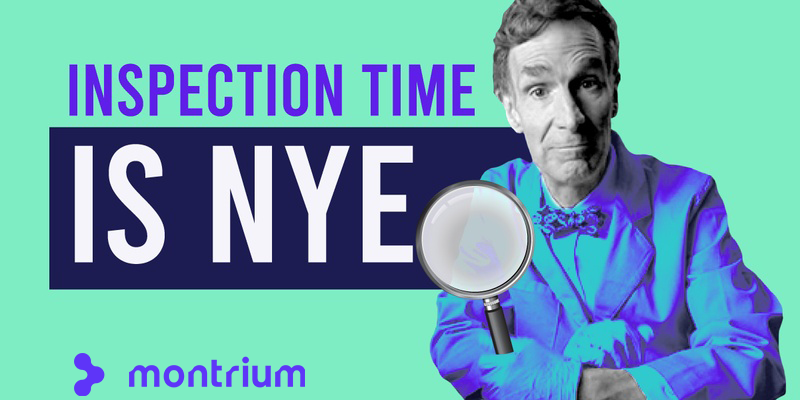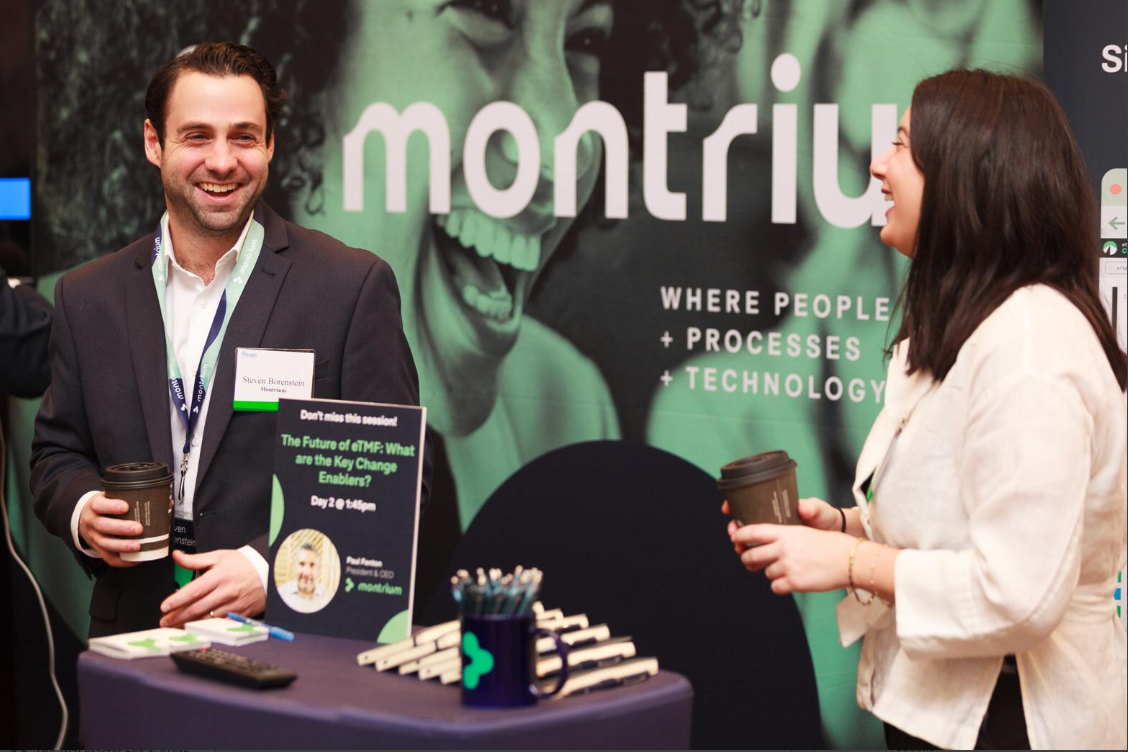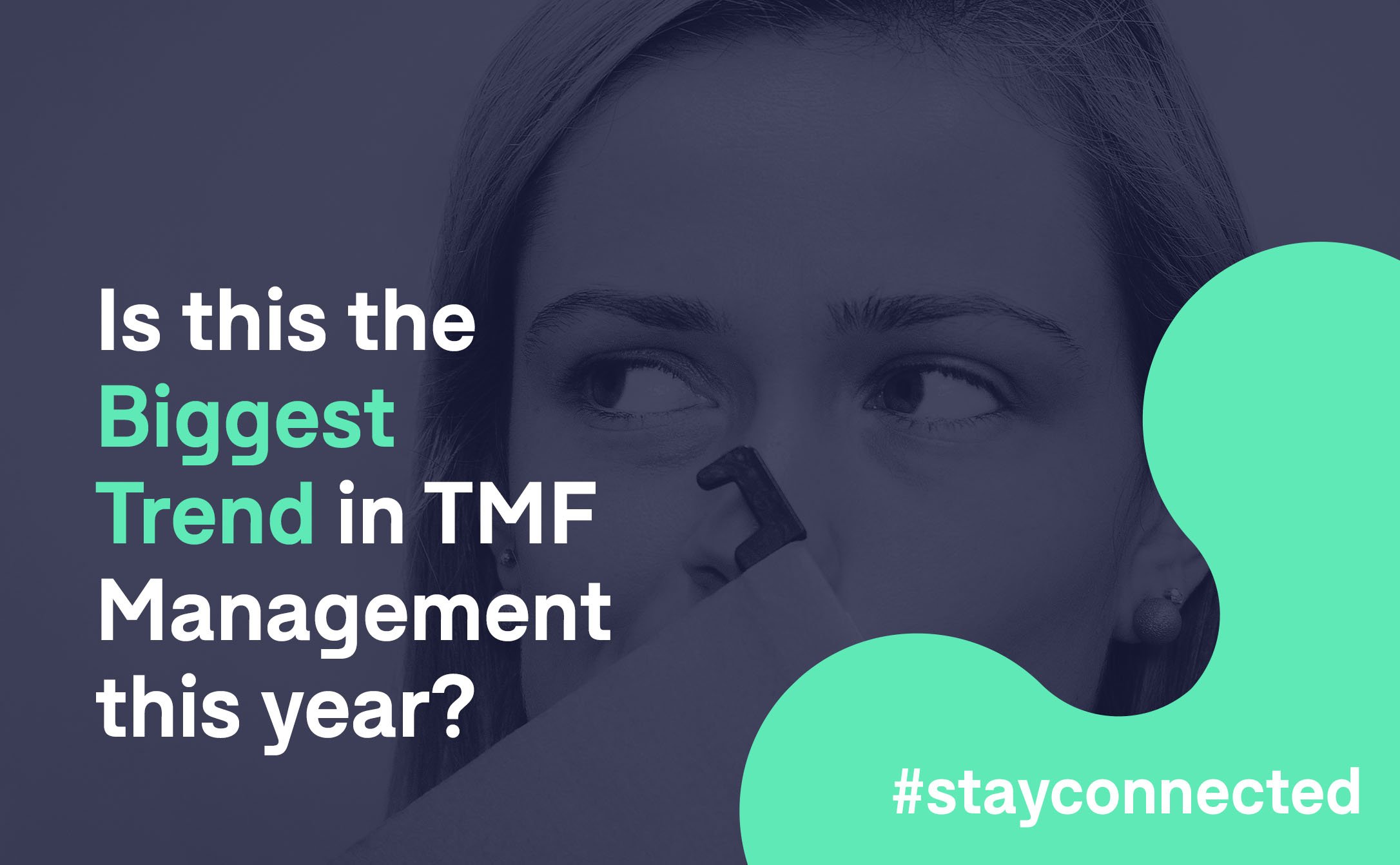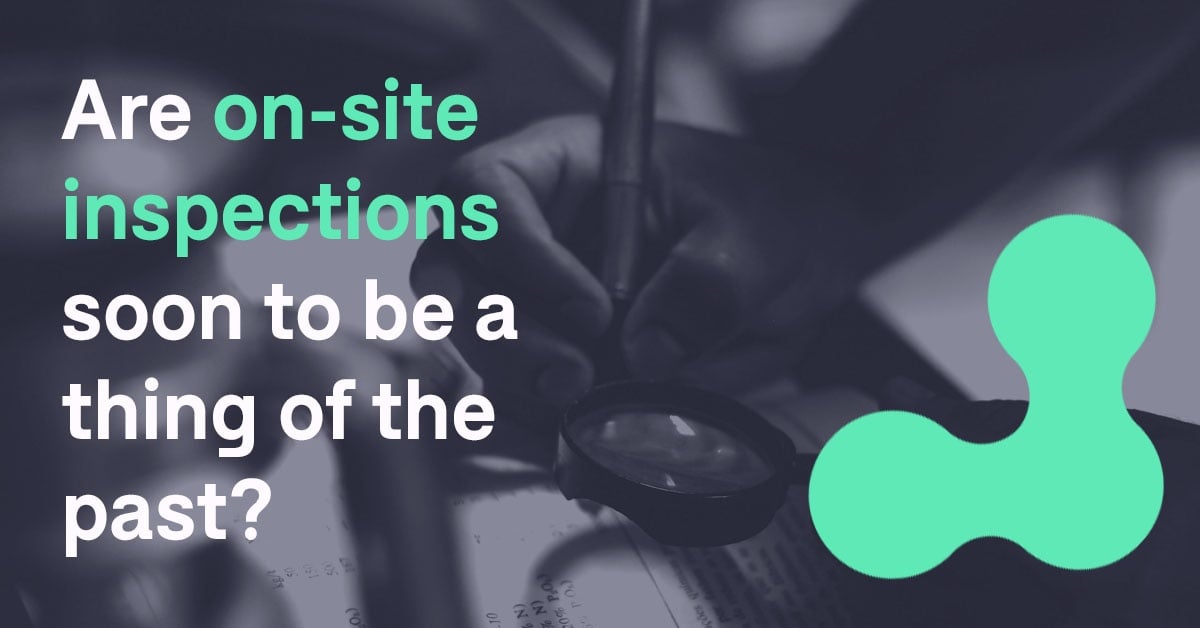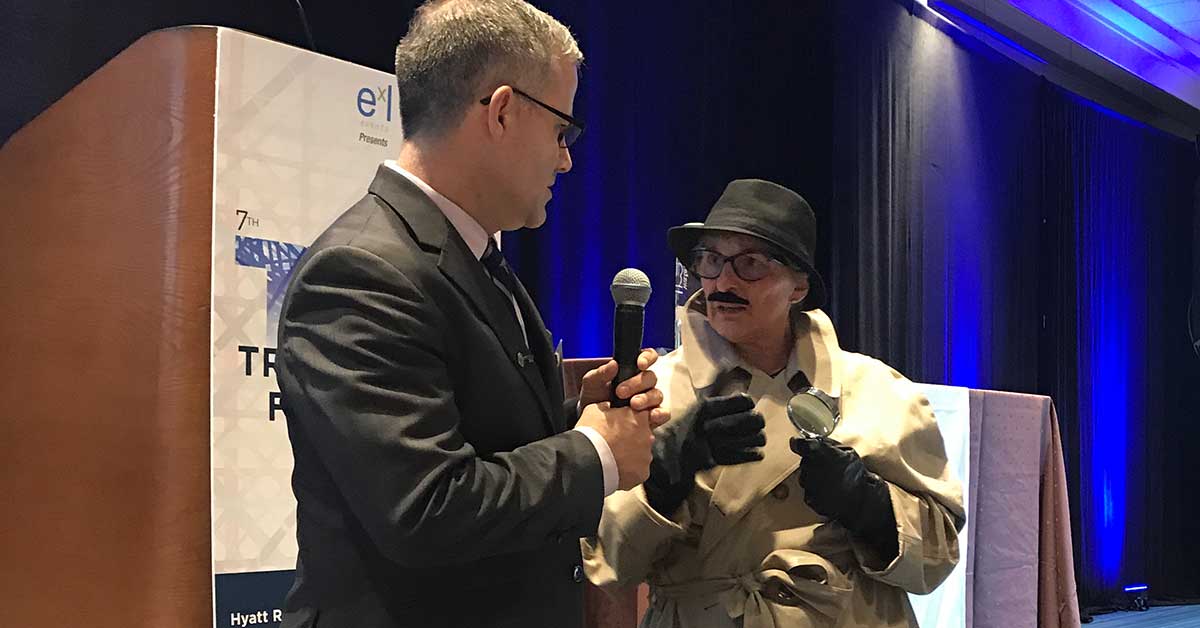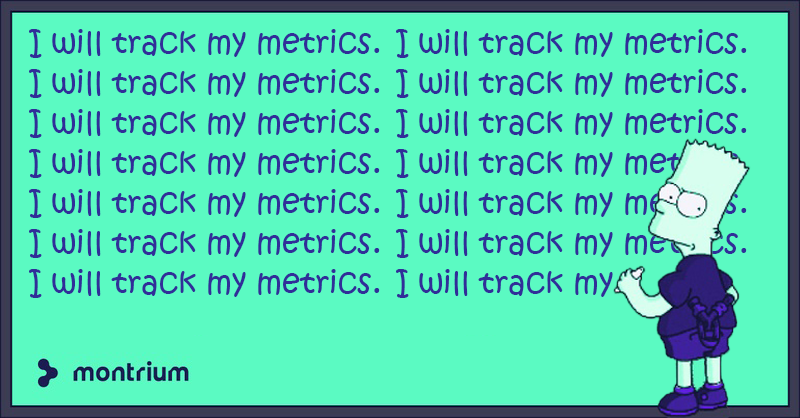
So, what happened at the first TMF Institute Event in Boston?
This past week I attended the TMF Institute in the beautiful city of Boston. It is always interesting attending these types of events, seeing familiar faces, catching up with colleagues and getting some great advice from industry experts in the TMF world. Everyone from beginners to TMF gurus were welcomed, and everyone had something to learn and share. As you can imagine, there was a multitude of discussion topics throughout the 2 days, some more foundational and some more in-depth. In the following article, I will be giving you a sneak peek into some of the key themes, and insight into what I found most interesting at the event. If you were unable make it down to Boston, continue reading!
Theme 1: Who owns the TMF?
One of the industry’s ongoing debates within the context of TMF is, who is responsible for owning the Trial Master File? During the TMF Foundations sessions on Day 1, instructors Lisa Mulcahy and Kate Santoro dove deeper into the nuances of TMF management giving their thoughts on TMF content ownership. The clinical department of course is accountable for most of the TMF content produced over the course of a study, but this doesn’t mean they are responsible for all the documents. So then, who ultimately owns the TMF?
Think about all of the data and documents a clinical team would collect throughout the duration of a trial. Where do these documents come from? and who does the content belong to? This was an exercise we performed as a group at the Institute and the results were surprising. As Kate was looking for answers, groups from around the room shouted out suggestions to the front, she could barely keep up as she wrote down the answers on the board. Legal, finance, medical writing, Contracts, biostatistics, regulatory; these are just a few of the different cross-functional teams who contribute to the TMF throughout the study.
In order for us to work in compliance in our own roles, we should all be familiar with our own reality, including the regulatory requirements we need to adhere to. Our finance and administration teams are no different, they are complying with government regulations just like us. However, if we are storing content in systems managed by other groups, like a vendor contract/agreement, are my finance and administration teams going to manage this document in accordance with GCP guidelines? Will they be retaining this document for 25 years in accordance with our standards or will they be archiving for 7 years in accordance with theirs?
For some of you reading this you’re probably thinking, Uh oh! But do not fear, it’s not too late to talk to the cross-functional teams in your organization and explain your reality. You will find most will be perceptive, and for the ones that are not, simply explain the importance of compliance and why TMF management has such a huge impact on commercial success. Finance folk tend to perk up when you talk to them in their language.
Theme 2: Race to the Raci
I have been throwing around words like responsible and accountable quite a bit and this is because it is somewhat of a new concept for me. Of course, I know what these words mean however, I did not fully understand their relevance and importance in the context of clinical trials. During the course, we were asked to create a RACI chart based on tasks and job roles. For those of you who are unaware of what a RACI chart is I’ll give you a brief primer. "A RACI chart (RACI matrix) clarifies roles and responsibilities, making sure that nothing falls through the cracks. RACI charts also prevent confusion by assigning clear ownership for tasks and decisions." You can read more about RACI over at Racichart.org
As we broke off into groups, it was clear that many around the table had never thought to go through this exercise within their organization and as groups shared their thoughts, answers surfaced. While the topic generated good discussion, there was an overwhelming comment, ‘why haven’t I done this in my organization yet?’
When the roles and responsibilities are clearly defined, there is no room for ambiguity. There is also no more dumping of documents onto your poor CTA at the end, because from the beginning of the study, you know exactly who is responsible, who has been consulted and who is informed. It is sure to provoke great discussions on your processes.
Theme 3: You don't know what you don't know
Quality checks, reviews, reconciliation are integral steps in your TMF management process. Renne Fate discussed how ‘Quality Checks’ are going to ensure your TMF is complete during her TMF Operations course on Day 2. However, there are different approaches; one could choose to do quality reviews based on milestones, such as first patient first visit, others may choose to do quality reviews periodically, or perhaps a combination of both. By performing these quality reviews, you are both ensuring quality of your documents from cross-functional teams and inspection readiness.
On the topic of TMF review, another interesting topic by Donna Dorozinsky was the course titled “TMF Review: It's Not About the Checklist”. The title says it all, but it made a lot of sense. Dorozinsky discussed that using a checklist or using placeholders is a great tool to help you with the completeness of your Trial Master File, however it is never full proof. You don't know what you don't know.
Creating a checklist or producing placeholders at the beginning of the study is a great way to get core documents into the system which you know will always need to be there. A protocol, for example, is a document you can add to a checklist. No matter what study it is, you know it is required. However, look at an amendment to that protocol and what that event produces. These documents cannot be known prior to study. There are events that occur during a study that cannot be foreseen, which initiates a list of new documents that are now required in the TMF. Events are the key here, events will kick off a series of documents that are needed and your checklist just cannot cover this. Reviewing is the only way around this. Periodically, look at the events that have occurred and map out what documents are needed and look for those in the TMF. It is great to leverage tools, but you still need a little manual labor to go along with it.
Conclusion
Overall, the TMF Institute was a fantastic forum that shed light on many of the pains we are all feeling. Lisa said it best “TMF is too much fun but can also torture me forever!”

Katherine Cianciarelli
As Product Owner, Katherine ensures that the Connect platform is aligned with life science customers' needs and requirements. An engineer by trade, she is a key member of Montrium's team, playing an active role in disseminating product feedback to the development team to build better products for our customers. Katherine regularly contributes articles to the Montrium blog and other publishers surrounding the changing regulatory landscape, IT transformation in life sciences and process optimization.







